Home>Garden Essentials>Why Did McDonald’s Remove The Play Area For Kids
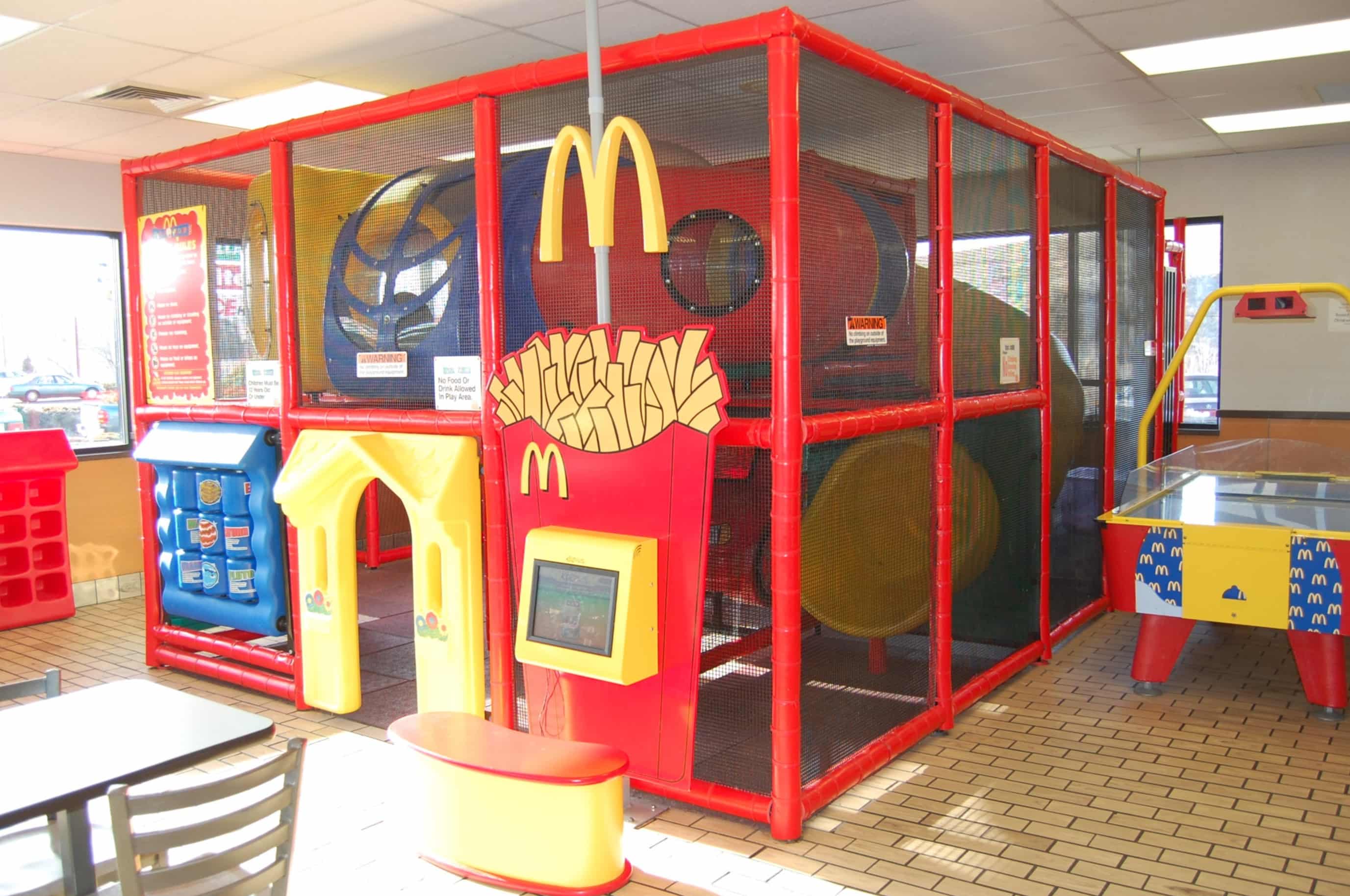

Garden Essentials
Why Did McDonald’s Remove The Play Area For Kids
Modified: March 15, 2024
Discover why McDonald's made the decision to remove the play area for kids and how it has been replaced with a beautiful garden, providing a new and healthier experience for families.
(Many of the links in this article redirect to a specific reviewed product. Your purchase of these products through affiliate links helps to generate commission for Storables.com, at no extra cost. Learn more)
Introduction
McDonald’s, the iconic fast-food chain known for its golden arches and Happy Meals, has made a noticeable change in recent years: the removal of play areas for kids. This decision has raised eyebrows and stirred up discussions among parents and nostalgia-driven adults alike.
For decades, McDonald’s play areas were a staple for families, providing a space for children to play and release their energy while their parents enjoyed a quick, convenient meal. However, the disappearance of these play areas has left many wondering why McDonald’s would make such a significant change to its brand identity.
There are several reasons why McDonald’s has removed play areas for kids. From changing preferences of children to a focus on healthier menu options, the fast-food giant has navigated a complex landscape that has influenced this decision. In this article, we will explore these reasons and shed light on the factors that led to the removal of play areas at McDonald’s.
Key Takeaways:
- Kids nowadays prefer digital entertainment over traditional play areas, leading McDonald’s to remove them. Children’s changing tastes and interests are driving the shift towards more tech-driven forms of fun.
- McDonald’s is focusing on healthier menu options and creating a more welcoming dining environment by removing play areas. This decision reflects their commitment to adapting to changing customer needs and societal demands.
Read more: Which McDonald’s Has A Play Area?
Reason 1: Changing preferences of children
One of the primary reasons behind McDonald’s decision to remove play areas for kids is the changing preferences of children. In today’s digital age, children are increasingly drawn to electronic devices, such as smartphones, tablets, and gaming consoles. These devices provide an array of captivating and interactive experiences that often trump the allure of traditional play structures.
Children now have access to a variety of entertainment options at their fingertips, from video games to social media platforms. These activities provide constant stimulation and novelty, making them more enticing than traditional play areas that may lack the same level of excitement.
Furthermore, the modern lifestyle of children is often filled with scheduled activities and commitments, leaving little time for unstructured play. With packed school schedules, extracurricular activities, and the pressures of academic success, children may prefer to spend their limited leisure time engaged in activities that they find more stimulating or relaxing.
Moreover, children’s tastes and interests have evolved over time. While the classic McDonald’s play areas had their charm, some children may now prefer alternative forms of entertainment that align with their personal interests, such as indoor trampoline parks, laser tag arenas, or specialized activity centers.
As children’s preferences shift towards more technologically-driven and niche entertainment options, the demand for traditional play areas in fast-food establishments like McDonald’s declines. This shift has prompted McDonald’s to adapt its offerings to better align with the evolving tastes and interests of its young customer base.
Reason 2: Focus on healthier menu options
Another significant factor contributing to McDonald’s decision to remove play areas for kids is the company’s focus on offering healthier menu options. In recent years, there has been a growing concern about childhood obesity and the role that fast food plays in contributing to this issue. As a result, McDonald’s, along with other fast-food chains, has been under pressure to provide healthier alternatives.
By removing the play areas, McDonald’s is signaling a shift in its priorities. The company aims to be perceived as a provider of healthier food options rather than just a place for children to play. This strategic move allows them to reinforce their commitment to addressing the health concerns associated with fast food consumption.
With the removal of play areas, McDonald’s has made more space available within their restaurants for additional seating or revamped dining experiences. This opens up opportunities to introduce new menu items that cater to the increasing demand for healthier alternatives. McDonald’s has already made significant strides in this direction by including options like salads, fruit, and yogurt in their menu offerings.
Furthermore, the removal of play areas allows McDonald’s to focus on providing a more comfortable and welcoming environment for all customers, including adults who are seeking a quick meal or a place to socialize. By creating a more relaxed and inviting dining atmosphere, McDonald’s can attract a broader customer base and improve the overall dining experience.
With the removal of play areas, McDonald’s acknowledges the need to align its offerings with changing societal demands and health-conscious consumer preferences. This shift reflects their commitment to providing healthier menu options and ensuring a more inclusive dining environment for all patrons.
Reason 3: Limited space and increased costs
Limited space and increased costs are key factors that have influenced McDonald’s decision to remove play areas for kids. As urban areas become more densely populated and real estate prices skyrocket, fast-food chains have had to reevaluate how they utilize the available space within their establishments.
Play areas require a significant amount of square footage, which could otherwise be utilized for additional seating or accommodating more customers. By removing play areas, McDonald’s can maximize their limited space and optimize their operations to better meet customer demands.
Additionally, maintaining and keeping play areas up to safety standards can be costly for fast-food chains. Regular maintenance, repairs, and safety inspections are necessary to ensure a safe play environment for children. These ongoing expenses, coupled with the potential liability concerns if accidents were to occur, can put a strain on a company’s resources.
By eliminating play areas, McDonald’s can redirect these funds towards other areas of their business, such as improving food quality, enhancing customer service, or investing in technological advancements. This strategic allocation of resources allows the company to adapt to changing market dynamics and drive sustainable growth.
Furthermore, the removal of play areas helps streamline operations and reduce staffing requirements. With fewer employees needed to monitor and supervise children in the play areas, McDonald’s can allocate their workforce more efficiently, providing faster service during peak hours and optimizing overall operational efficiency.
Overall, limited space and increased costs have prompted McDonald’s to remove play areas as a practical response to the challenges posed by urbanization and rising expenses. This decision enables the company to maximize their available space, allocate resources more effectively, and streamline their operations to meet the evolving needs of their customers.
You can contact McDonald’s customer service to inquire about the removal of the play area for kids. They may have information on the decision and any alternative options for families.
Reason 4: Safety concerns and liability issues
Safety concerns and liability issues are significant considerations that have influenced McDonald’s decision to remove play areas for kids. While play areas provide entertainment and an outlet for children, they also come with inherent risks and potential liability for the company.
Children’s play areas are subject to stringent safety regulations and guidelines to ensure the well-being of the young users. However, accidents can still happen, and injuries occurring within play areas can result in legal liabilities for the establishment. This poses a significant risk for fast-food chains like McDonald’s, as they strive to maintain a safe and healthy environment for their patrons.
By removing play areas, McDonald’s can mitigate the potential risks associated with playground injuries. This decision allows the company to minimize their exposure to liability and focus on providing a controlled and safe dining experience for their customers. Instead of worrying about playground accidents, McDonald’s can prioritize customer satisfaction and ensure a risk-free environment for all visitors.
Furthermore, the removal of play areas aligns with the broader trend of increased awareness and concern for children’s safety. Parents have become more cautious and protective when it comes to their children’s well-being, opting for environments that they perceive as safer and more controlled. This shift in parental attitudes has impacted the demand for play areas, as some parents may prefer dining experiences that reduce potential risks and eliminate the need for constant supervision.
By removing play areas, McDonald’s demonstrates their commitment to providing a secure and worry-free environment for families. Customers can enjoy their meals without the distractions and concerns associated with play areas, allowing for a more relaxed and enjoyable dining experience.
Overall, safety concerns and liability issues have influenced McDonald’s decision to remove play areas as a proactive measure to minimize risks, prioritize customer safety, and align with the changing parental attitudes towards child safety.
Read more: Which McDonald’s In Clermont Has A Play Area
Reason 5: Technological advancements and digital engagement
Technological advancements and the increasing prevalence of digital engagement have played a significant role in McDonald’s decision to remove play areas for kids. In today’s digitally-driven society, children have access to a wide range of entertainment options through smartphones, tablets, and other electronic devices.
With the emergence of mobile apps, online games, and interactive digital experiences, children now find entertainment and engagement in the palm of their hands. These digital platforms offer a level of interactivity, immersion, and convenience that traditional play areas may struggle to compete with.
McDonald’s has recognized the shifting preferences of children towards digital entertainment and has adapted to this new landscape. The company has invested heavily in technology to provide customers with a seamless and interactive dining experience. They have developed mobile apps, self-service kiosks, and digital menu boards to enhance efficiency, convenience, and personalization.
By removing play areas, McDonald’s can allocate resources towards further technological advancements and digital initiatives. They can focus on enhancing their online presence, improving digital ordering systems, and expanding their delivery services to cater to the evolving needs and expectations of their customers.
Moreover, by embracing digital engagement, McDonald’s can gather valuable customer data and insights. This data enables them to understand customer preferences, tailor their offerings, and deliver personalized experiences. By leveraging technology, McDonald’s can create customized promotions, rewards programs, and interactive games that resonate with their young audience.
Additionally, the shift towards digital engagement allows McDonald’s to foster stronger connections with their customers beyond the physical dining experience. Through social media platforms and online communities, McDonald’s can engage with children and their families, build brand loyalty, and create a sense of excitement and anticipation around new menu items or promotions.
In summary, the rapid advancements in technology and the rise of digital engagement have influenced McDonald’s decision to remove play areas. Embracing digital initiatives allows McDonald’s to stay relevant in the digital age, meet the preferences of tech-savvy children, and create personalized experiences that drive customer loyalty.
Conclusion
The decision by McDonald’s to remove play areas for kids is driven by a combination of factors that reflect the changing landscape of consumer preferences, health-consciousness, space constraints, safety concerns, and technological advancements. By understanding these reasons, we can gain insight into why fast-food chains like McDonald’s are adapting their offerings to meet the evolving needs of their customers.
Changing preferences of children, particularly their inclination towards digital entertainment, has diminished the demand for traditional play areas. With a plethora of electronic devices and alternative forms of entertainment available, children now seek stimulation and engagement in different ways. McDonald’s recognizes this shift and is adjusting its offerings to align with the evolving tastes and interests of its young customer base.
As consumer attitudes towards health and wellness become more pronounced, McDonald’s is focused on providing healthier menu options. Removing play areas enables them to optimize their resources and create a more welcoming dining environment that caters to a broader customer base. By allocating space for additional seating and revamping their menu, McDonald’s is repositioning itself as a provider of healthier food options.
Limited space and increased costs, driven by urbanization and rising expenses, have also played a significant role in the removal of play areas. By maximizing available space, reallocating resources, and streamlining operations, McDonald’s can adapt to the challenges posed by limited real estate while and ensuring a more efficient and cost-effective business model.
Safety concerns and liability issues have prompted McDonald’s to remove play areas to minimize risks, prioritize customer safety, and reduce potential legal liabilities. This decision reflects the company’s commitment to creating a secure and worry-free environment for families, alleviating parental concerns while providing a relaxed and enjoyable dining experience.
Lastly, the emergence of technological advancements and the proliferation of digital engagement have transformed the way children seek entertainment. By embracing these advancements, McDonald’s can leverage technology to enhance the dining experience, personalize offerings, and foster stronger connections with customers beyond the physical space. This transition allows McDonald’s to adapt to the digital age and engage with their young audience in a meaningful and interactive manner.
In conclusion, the removal of play areas at McDonald’s represents a strategic response to changing consumer preferences, health-consciousness, space limitations, safety concerns, and the influence of technology. By adapting to these factors, McDonald’s can provide a dining experience that caters to the evolving needs of its customers while embracing the opportunities presented by the modern era.
Frequently Asked Questions about Why Did McDonald's Remove The Play Area For Kids
Was this page helpful?
At Storables.com, we guarantee accurate and reliable information. Our content, validated by Expert Board Contributors, is crafted following stringent Editorial Policies. We're committed to providing you with well-researched, expert-backed insights for all your informational needs.
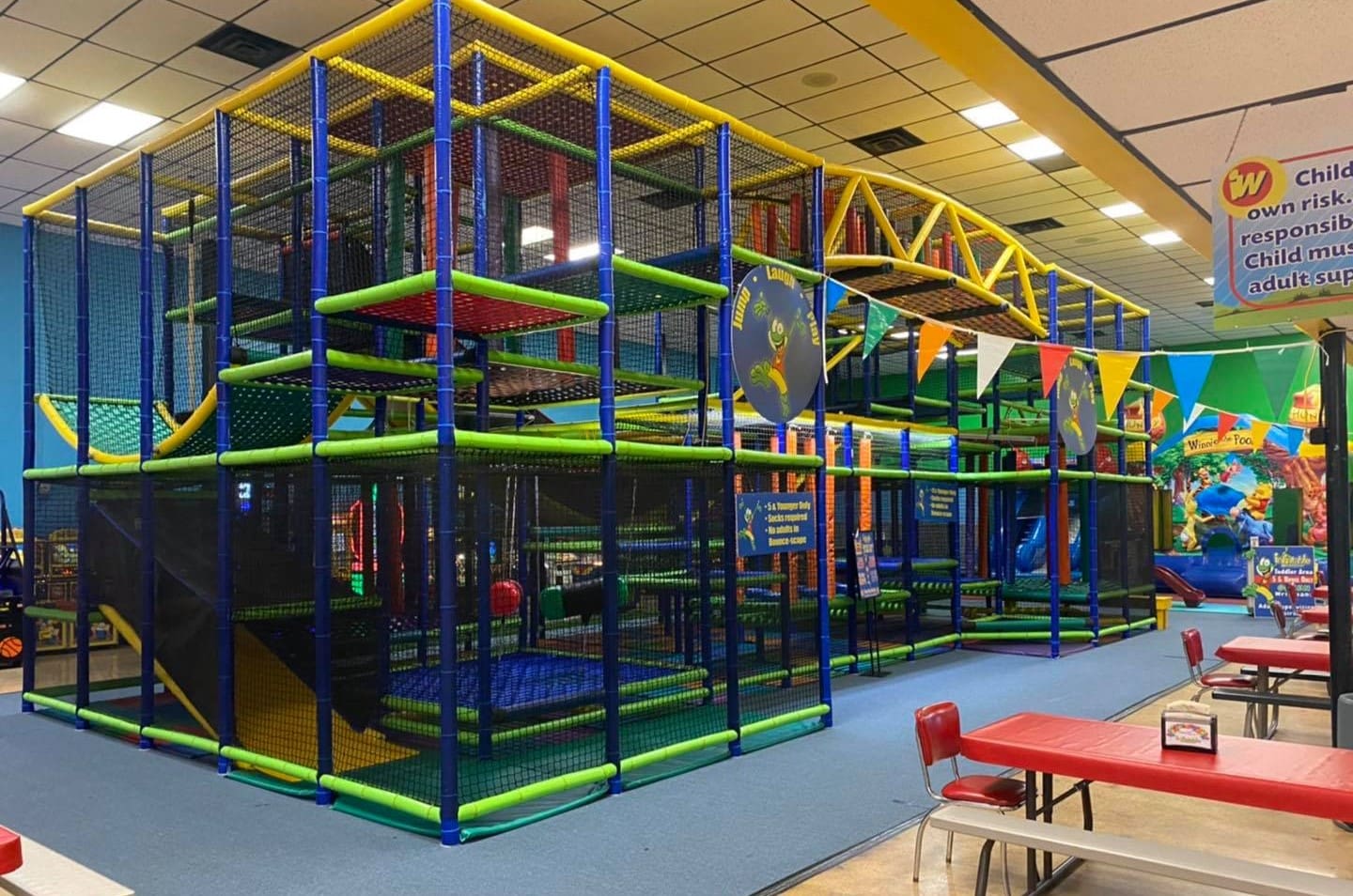


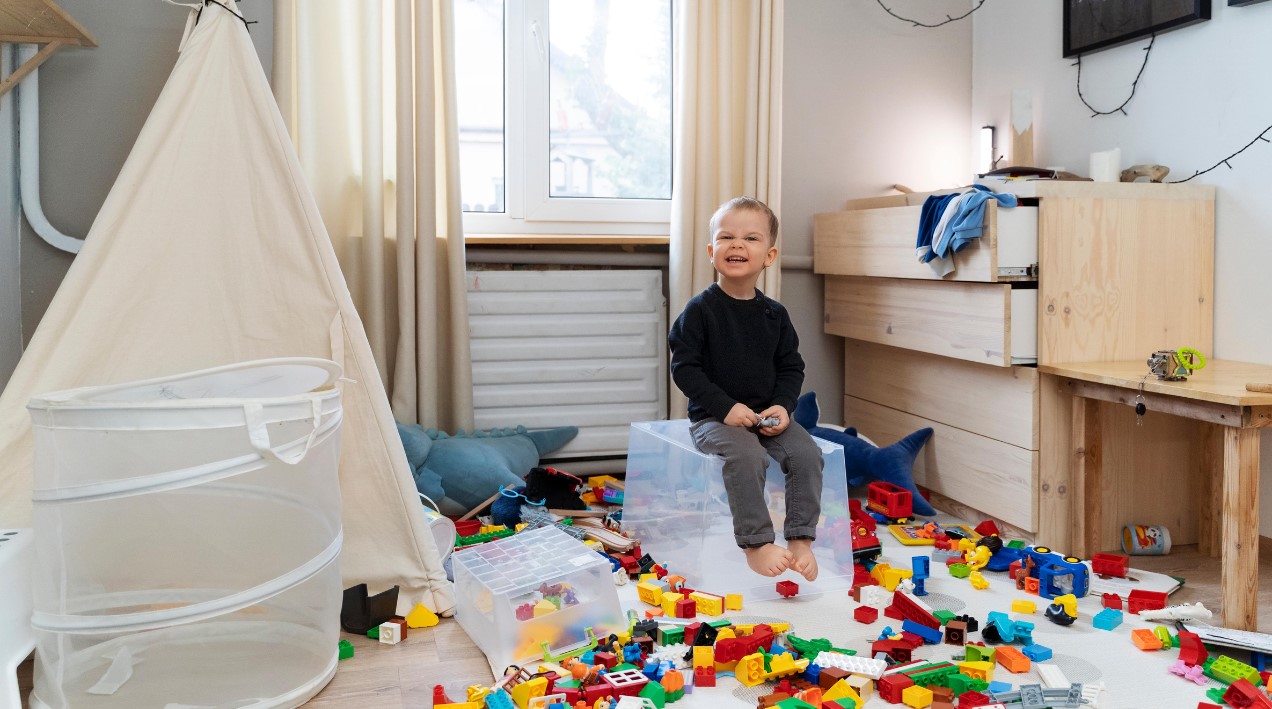
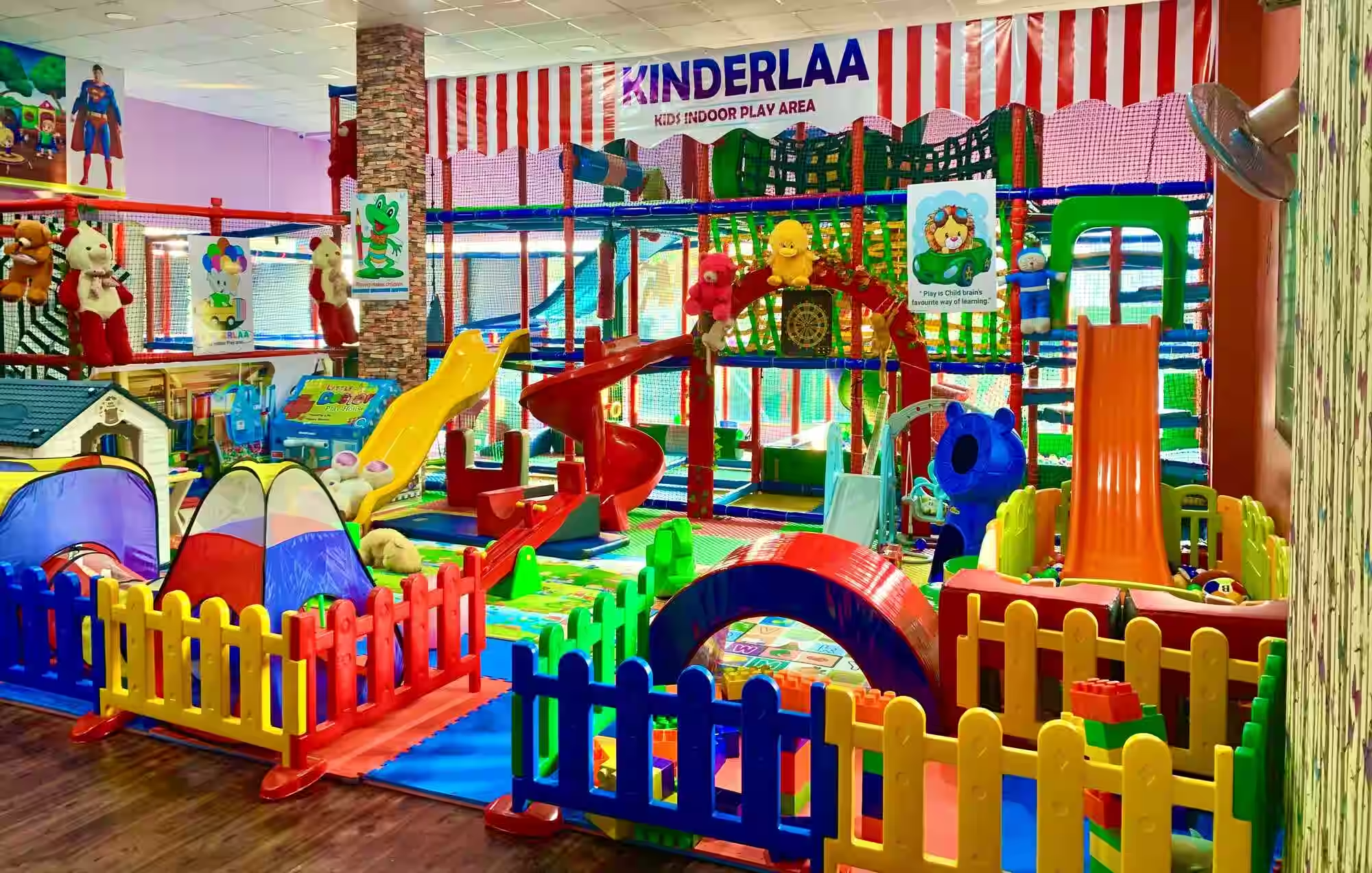

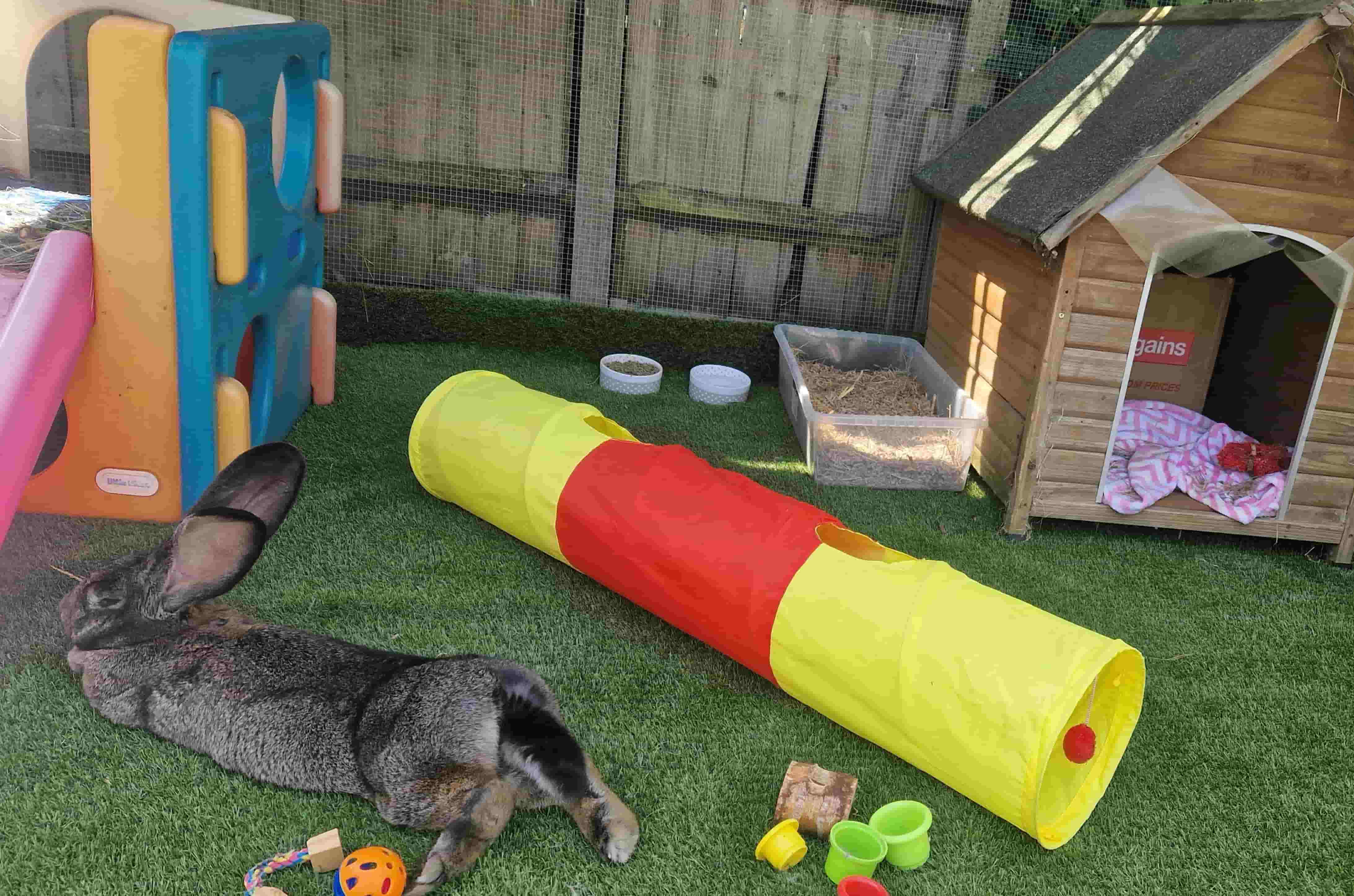
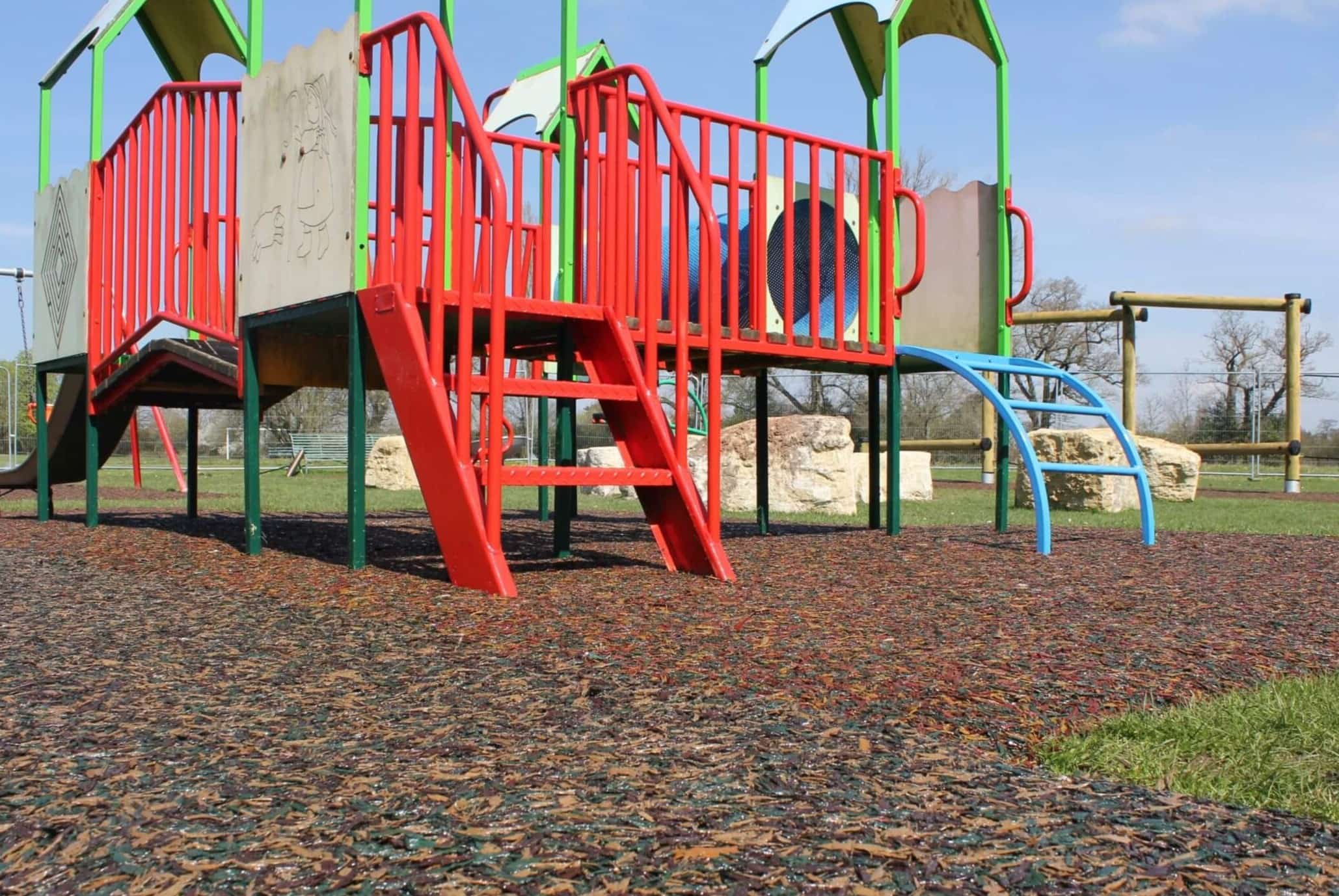


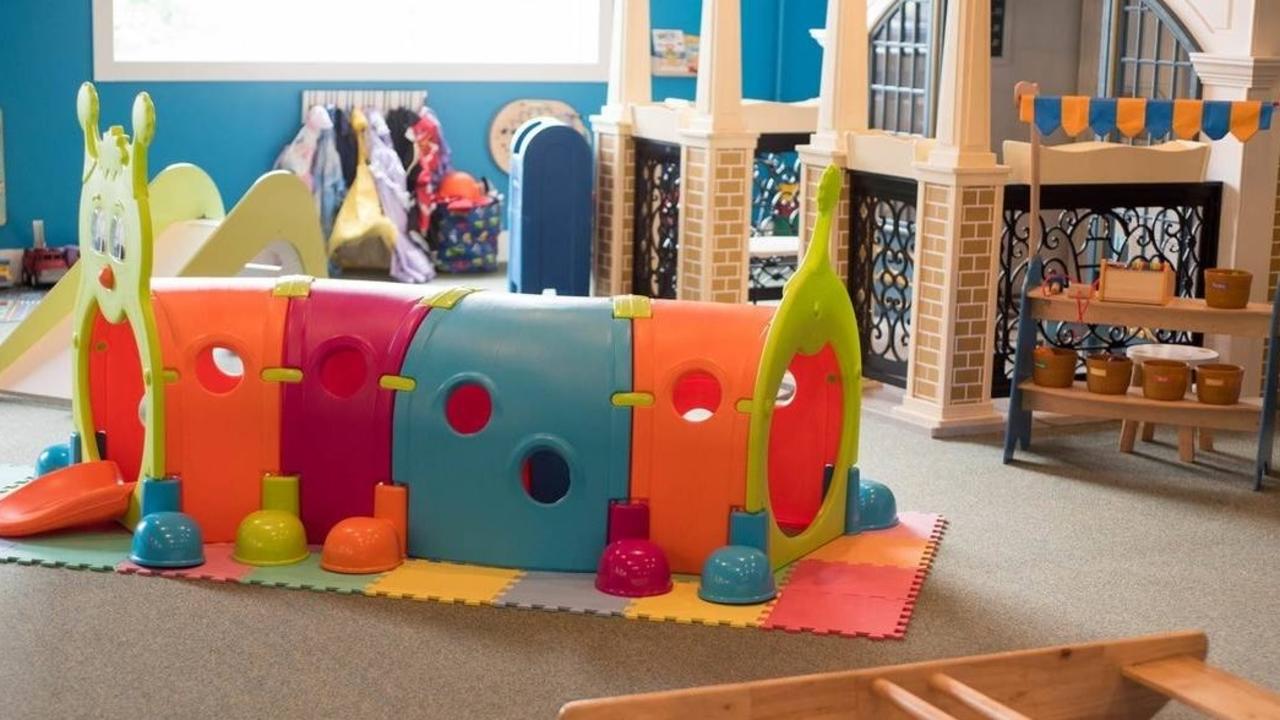

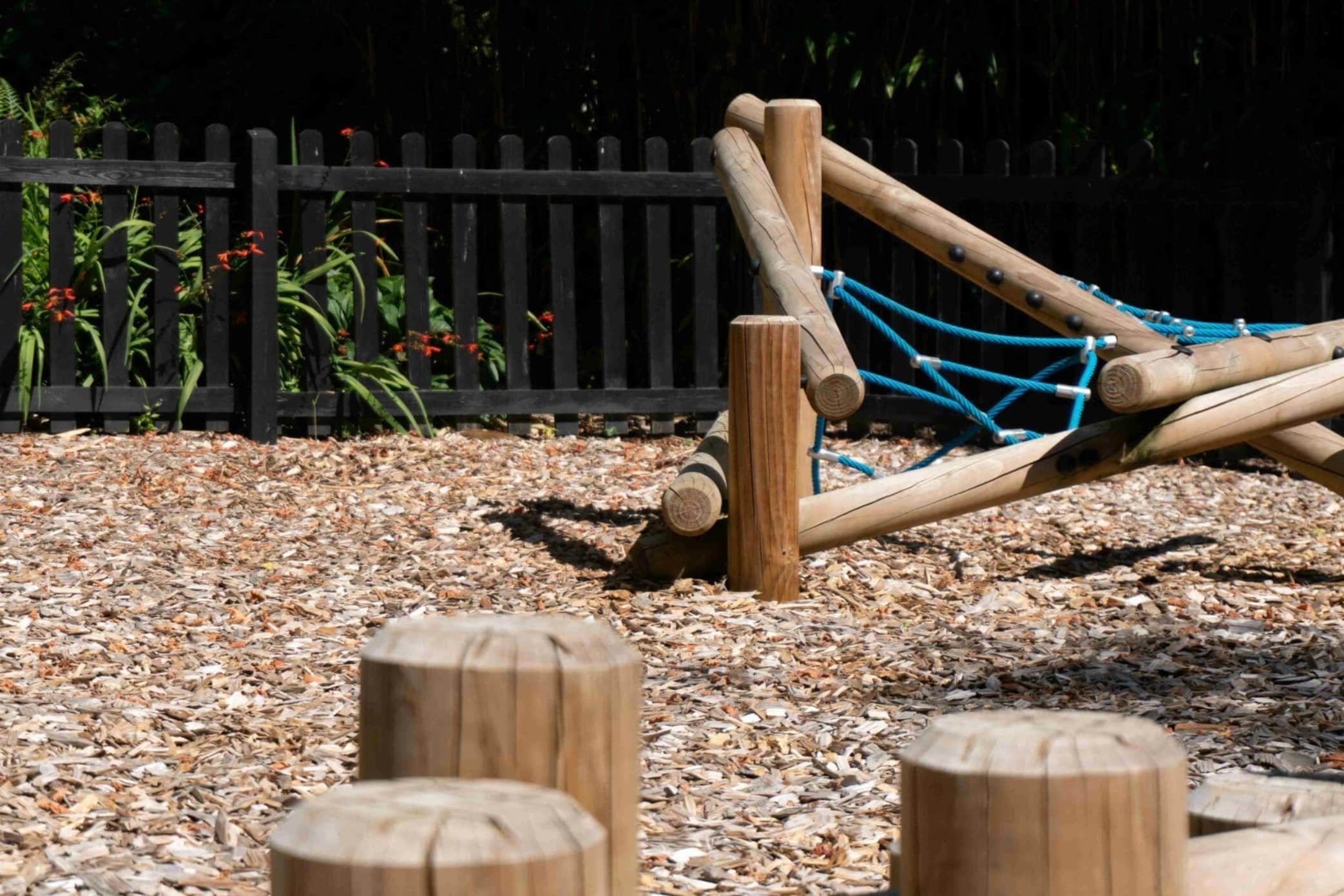
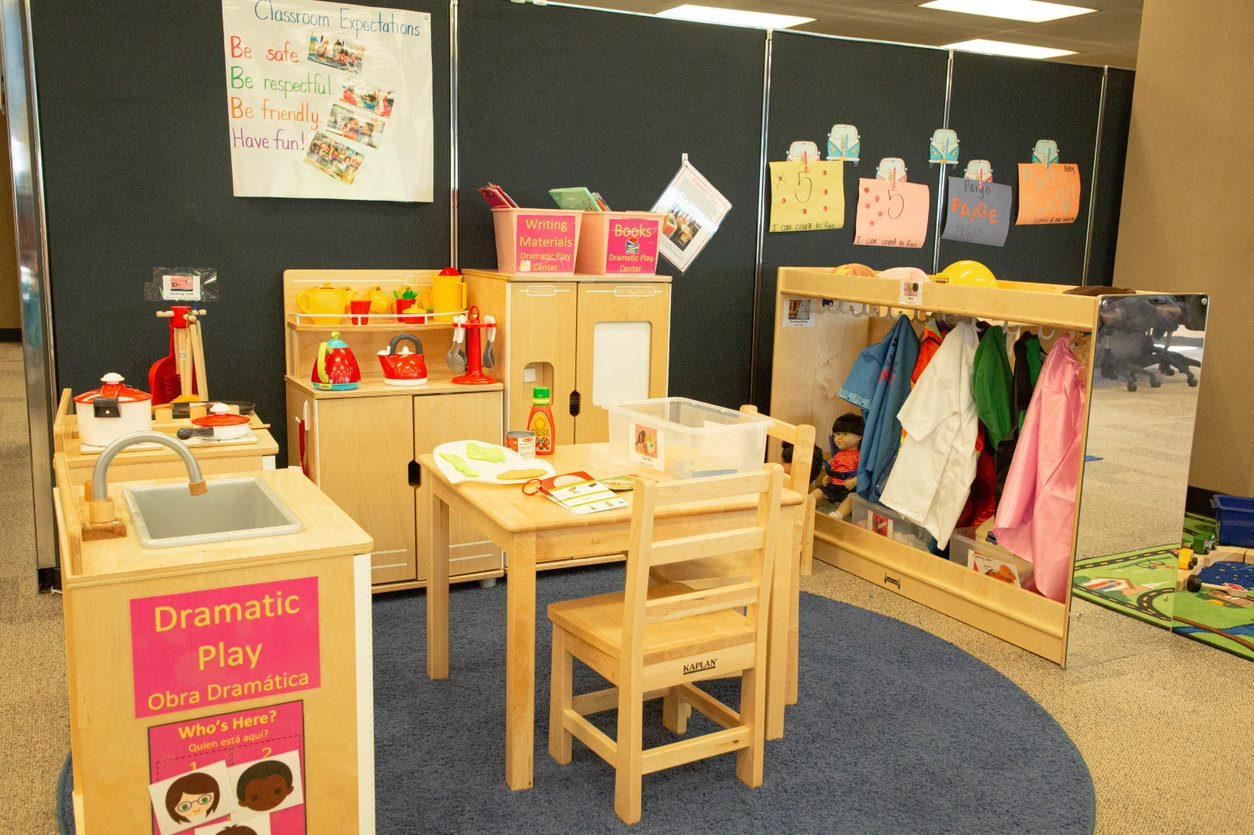

0 thoughts on “Why Did McDonald’s Remove The Play Area For Kids”